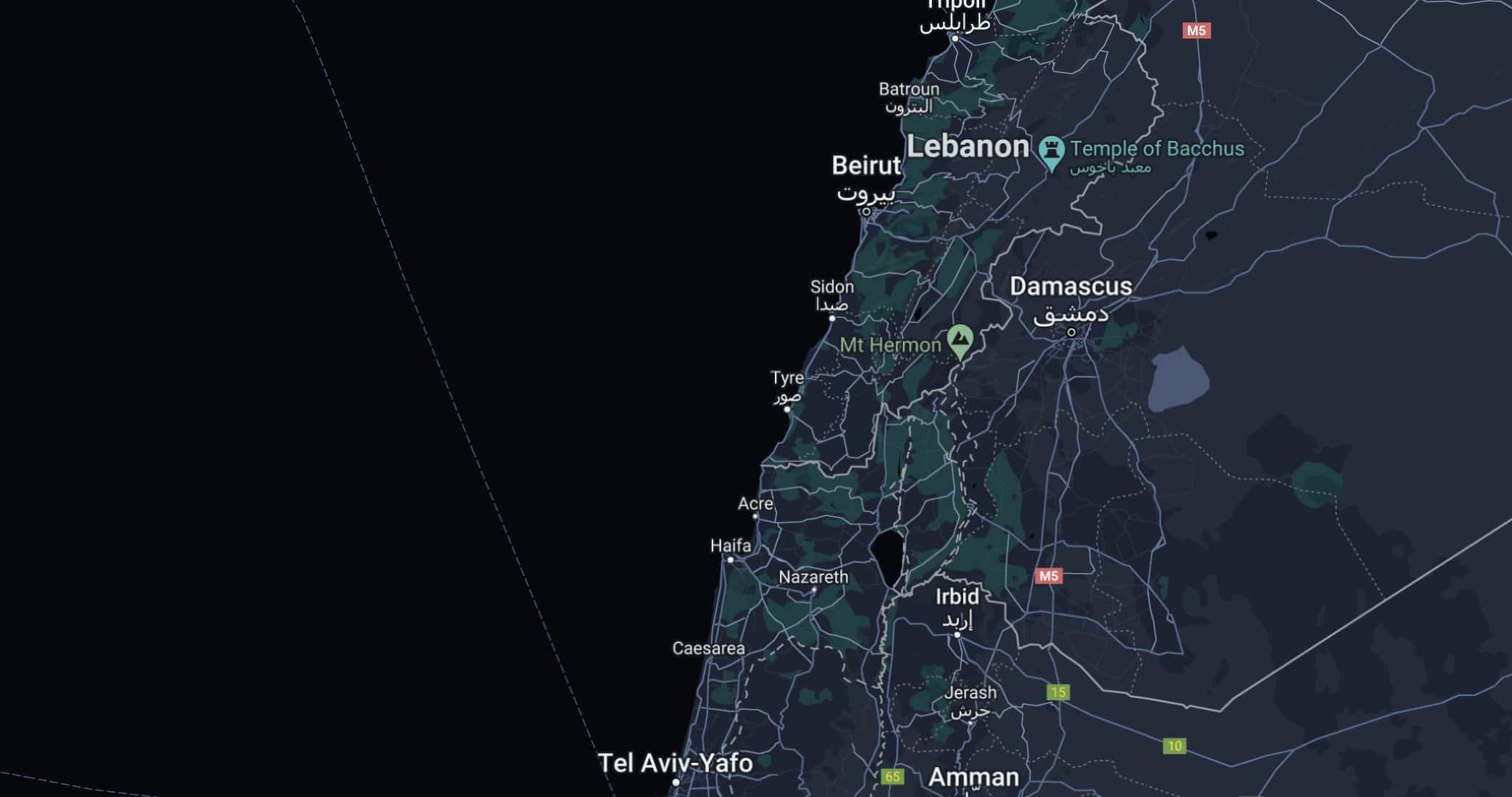Table of Contents
Tyre, known as Sour in Arabic, is a city in southern Lebanon on the Mediterranean coast. Like Byblos, Tyre is one of the oldest cities in the world, with its history stretching back over 5,000 years.
Tyre was a major Phoenician city-state and played a crucial role in the spread of Phoenician culture and commerce across the Mediterranean. Today, it is recognized as a UNESCO World Heritage site.

Historical Significance
- Phoenician Powerhouse: Tyre was one of the most powerful and influential city-states of the Phoenician civilization. It was renowned for its maritime prowess and its establishment of colonies, the most famous of which was Carthage in North Africa.
- Purple Dye Production: Tyre was famous for producing Tyrian purple, a highly prized dye made from the murex snail. This dye was extremely valuable and often associated with royalty and the elite.
- Alexander the Great: Tyre is historically significant for its resistance against Alexander the Great. In 332 BCE, after a seven-month siege, Alexander captured the city by building a causeway from the mainland to the island city. This event marked a turning point in the city’s history.
- Roman Era: Under Roman rule, Tyre prospered and became a major urban center. The city saw the construction of several grand structures, including temples, a triumphal arch, a hippodrome, and an aqueduct.
- Christianity: Tyre played a role in the early spread of Christianity. It is mentioned in the New Testament as a place where Paul the Apostle visited. The city also became a significant Christian center in the later Roman and Byzantine periods.
Cultural and Archaeological Sites
- Al Mina Archaeological Site: This site contains remnants of ancient Tyre, including the Roman Hippodrome, which could hold up to 20,000 spectators. The site also includes Roman baths, roads, and impressive mosaic floors.
- Al Bass Archaeological Site: Located on the mainland, this site includes a vast Roman necropolis, a triumphal arch, and the remains of an aqueduct. The site offers insights into the urban planning and architectural prowess of the Romans in Tyre.
- Tyre’s Ancient Port: The port of Tyre was central to its maritime dominance. Although much of it is submerged today, it remains a symbol of the city’s ancient seafaring legacy.
- The Cathedral of Tyre: Originally built in the 12th century by the Crusaders, the Cathedral of Tyre was an important religious site during the medieval period. Though now largely in ruins, it once housed the tomb of the Holy Roman Emperor Frederick Barbarossa.
- The Great Necropolis: Tyre’s Great Necropolis is a significant archaeological site with hundreds of tombs dating back to the Roman and Byzantine periods. The elaborate tombs and sarcophagi reflect the city’s wealth and the customs of the time.
Modern Tyre
Today, Tyre is a vibrant city that blends its rich historical past with contemporary life. The city is known for its beautiful beaches, making it a popular destination for both locals and tourists. The old town of Tyre retains much of its historic charm, with narrow alleys, traditional houses, and bustling markets.
Tyre’s archaeological sites are among the most significant in Lebanon, attracting scholars and tourists alike. The city’s modern infrastructure coexists with its ancient ruins, offering a unique experience that spans millennia.
Tyre’s enduring legacy as a center of commerce, culture, and history continues to make it an important city in the Mediterranean region.
Tyre was originally an island
Tyre was originally an island city, located off the coast of what is now southern Lebanon. This island was situated about 800 meters (2625 feet) from the mainland. It became famous for its strategic and defensible position, surrounded by water, making it a formidable fortress in ancient times.
The Transformation from Island to Peninsula
- Island City: For much of its early history, Tyre was indeed an island, with a powerful maritime culture. Its position made it a significant player in regional trade and a major center of the Phoenician civilization. The city was protected by strong walls and had two harbors, which facilitated its trade networks across the Mediterranean.
- Siege by Alexander the Great: The most pivotal moment in Tyre’s history came in 332 BCE, when Alexander the Great laid siege to the city. The island’s natural defenses and strong walls made it difficult for Alexander’s forces to conquer Tyre. To overcome this, Alexander ordered the construction of a massive causeway, or mole, connecting the island to the mainland. This allowed his army to breach Tyre’s defenses and capture the city after a seven-month siege.
- Permanent Land Connection: The causeway built by Alexander gradually altered the coastal dynamics around Tyre. Over time, sediment accumulated around the causeway, expanding its width and eventually connecting the island permanently to the mainland. This transformation turned Tyre from an island into a peninsula.
Modern Tyre
Today, what was once an island is now part of a narrow peninsula extending into the Mediterranean Sea. The original causeway is still visible as part of the city’s layout. The city of Tyre now consists of the ancient city area on the former island, as well as the newer parts of the city that have developed on the mainland.
